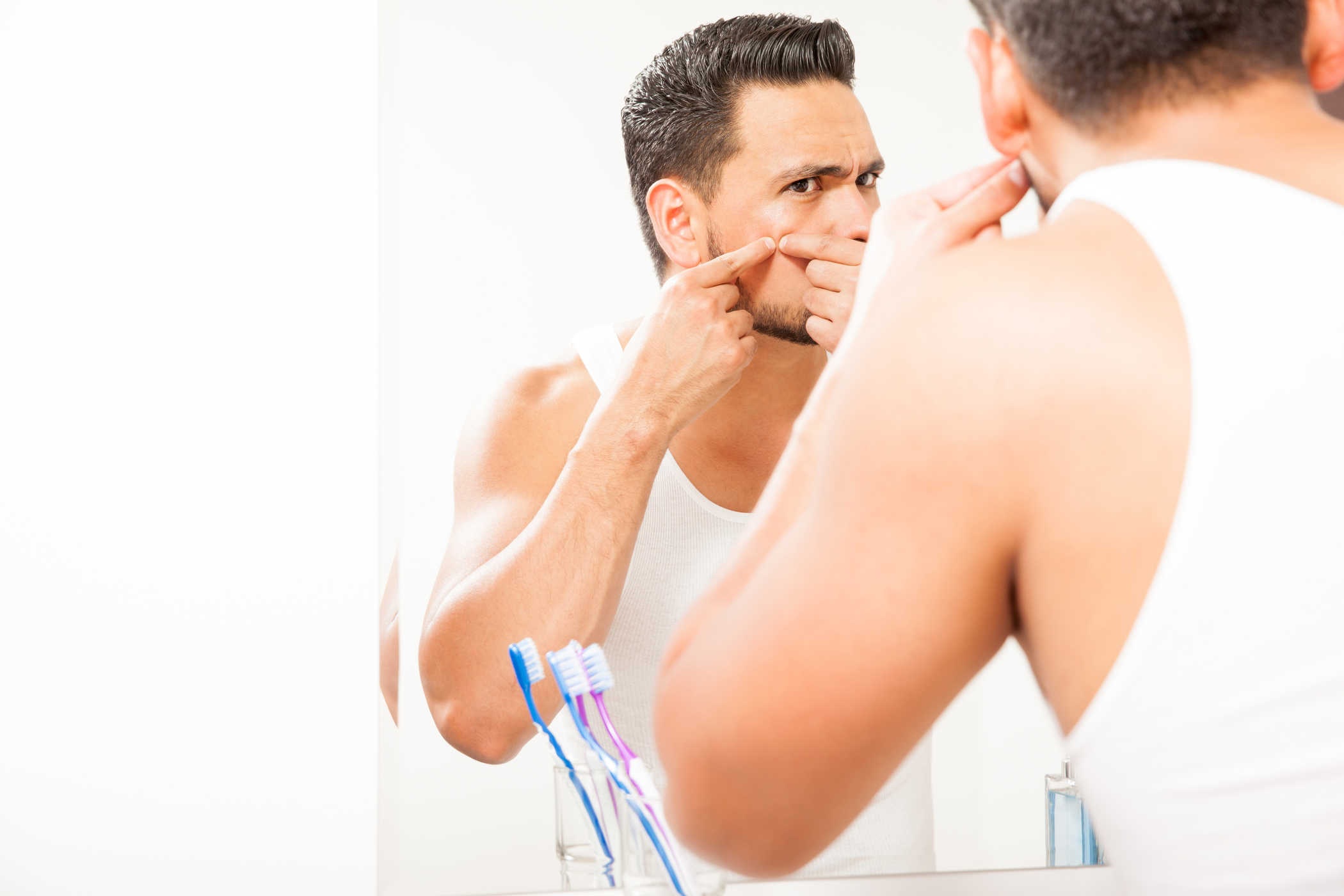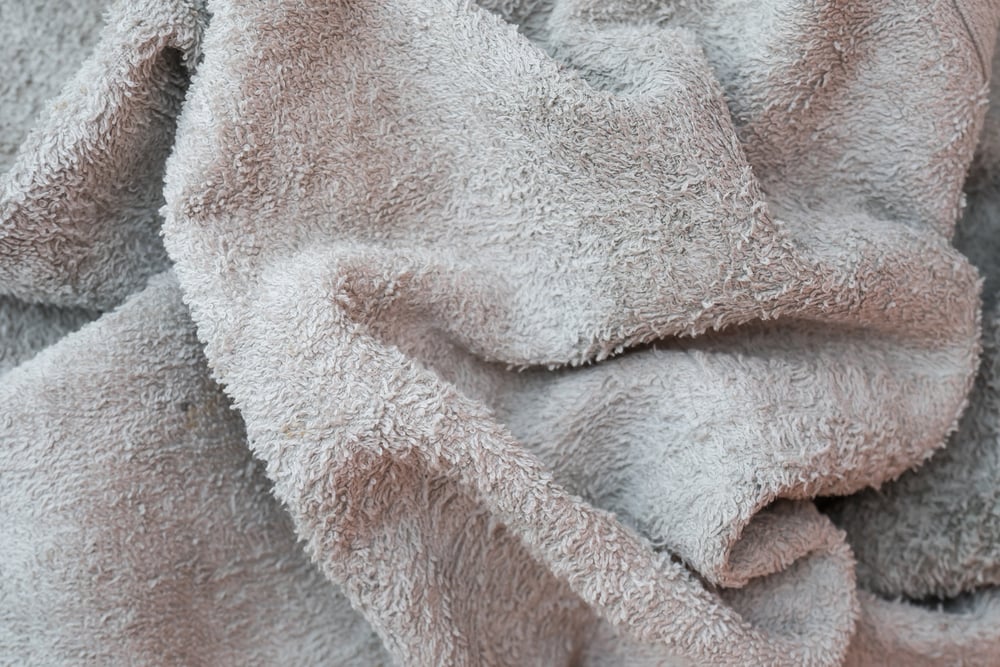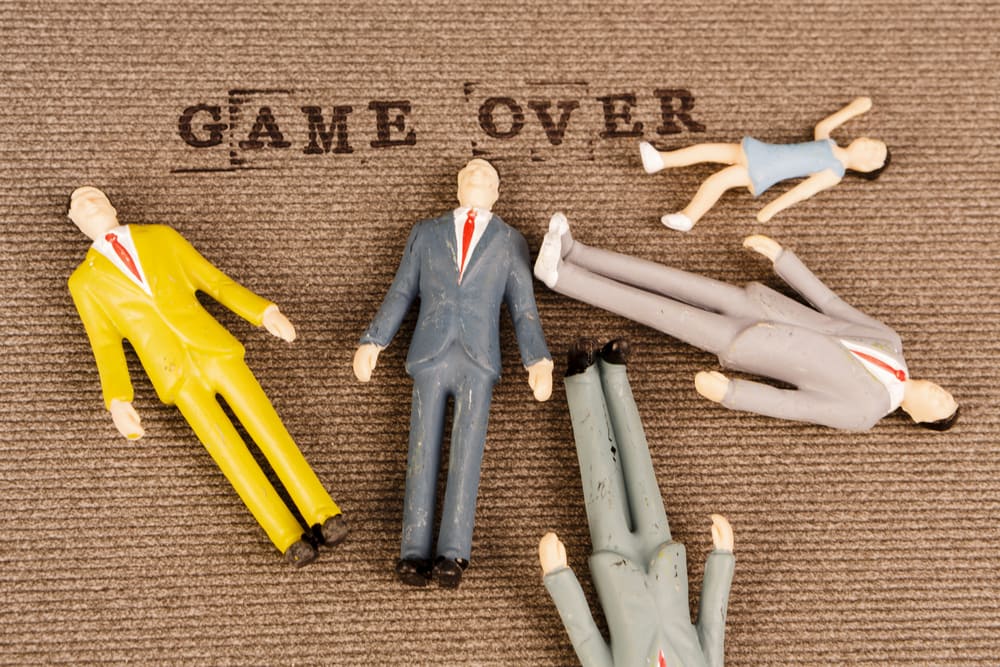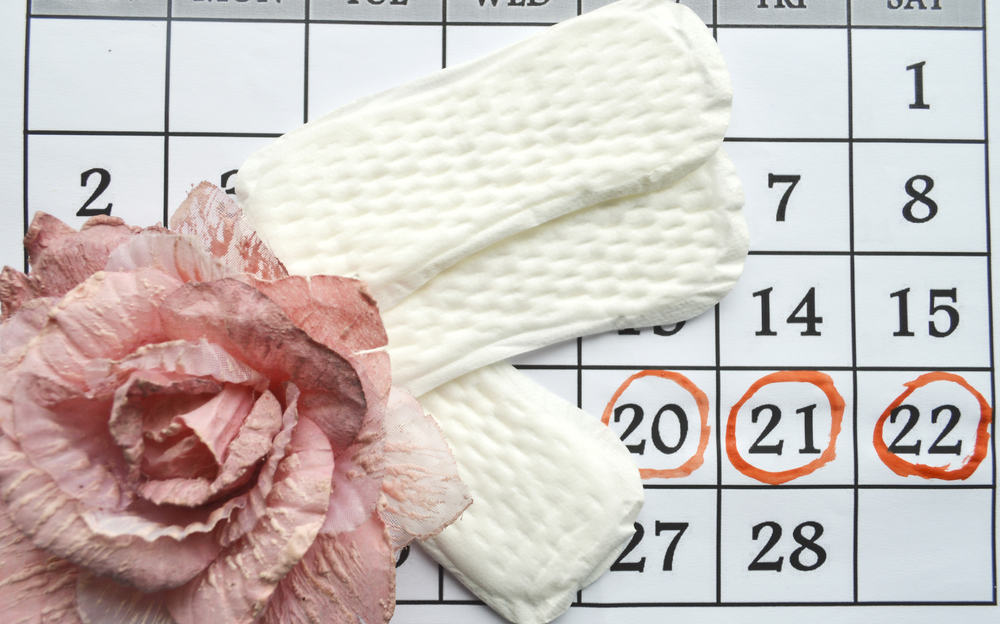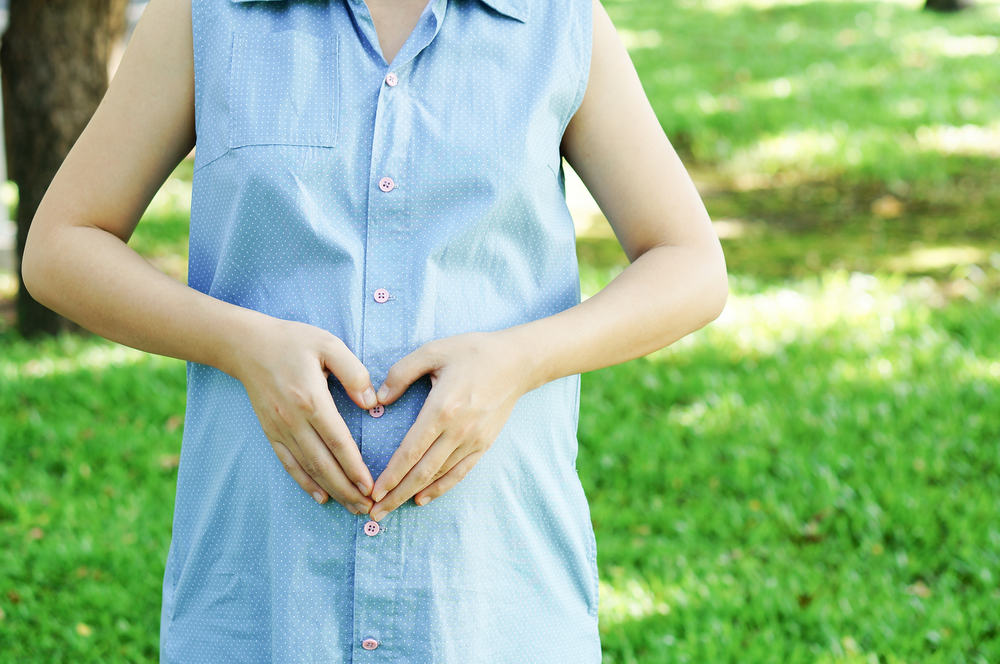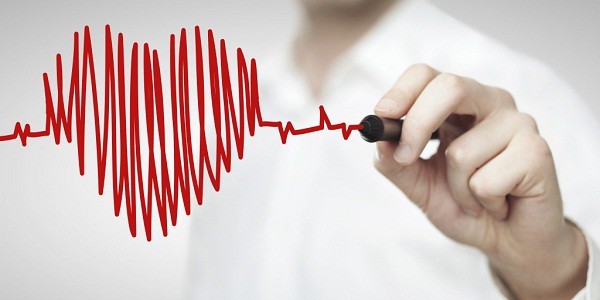Contents:
Medical Video: Acne | Nucleus Health
Many dermatologists say that you should not even squeeze pimples - you can hurt facial skin if you randomly squeeze pimples. When you squeeze pimples, you will actually soften the skin, causing the skin tissue to be torn.
But, refraining from squeezing zits feels difficult. After all, who would want to linger to let stubborn pimples on the face?
Acne is often seen as a result of not optimal personal hygiene, even though the case is not always like that. Acne is generally caused by the activity of producing excess oil at the base of the hair follicles. When dead skin cells remain on the face and accumulate with oil, the facial pores will close and form pimples.
Well, when the acne is 'ripe' perfect and looks like it's ready to break itself, many feel "itchy" and want to solve it to avoid the embarrassing occurrence of breakouts in public places. But how do you not get worse and leave scars?
The trick: stabbed, not pressed
There are correct ways to squeeze pimples to avoid infection and scars, as shown by Dr. Mehmet Oz on medicaldaily.com.
The trick, just puncture the head of the zit, not squeeze it from the bottom until the pus comes out. Stabbing the head of zits will not cause pain, because you are dealing with dead skin cells. This trick also will not cause further damage to the surrounding healthy skin tissue.
What you need:
- Needles (ordinary sewing needles, pins, pin needles)
- Alcohol or gas lighters
What you need to do:
- Wash hands thoroughly with warm water and soap.
- Sterilize the needle by rubbing it with alcohol. Also apply a little alcohol to the zits and your hands. Or, sterilize the needle by heating it on the fire for a few seconds and wait for it to cool.
- Align the needle with the surface of the facial skin, and slowly prick the tip of the needle into the pimple head (white or yellow). Don't puncture the needle at the bottom of the pimple too close to the surrounding healthy skin tissue.
- Lift the needle to open the way for pus to get out (imagine you are pushing up).
- Coat your hands with a clean tissue and gently press from both sides of the zit. If the acne is 'ripe', pus will easily come out. If not, stop and do not continue the process. Also stop squeezing pimples if the blood or clear liquid is coming out, not pus.
- After a flat acne, apply the area of acne scars with acne medications containing salicyclic acid (BHA) and benzoyl peroxide. The combination of these two active ingredients helps to relieve redness irritation from acne and prevents pimples from recurring later by opening the pores and killing the bacteria that cause acne. Skincare special acne that contains glycolic acid (AHA) can also help prevent the formation of brown spots of acne scars.
This technique is best done after a shower, when the skin is moist and the pores are open, although the results will also be as good if done in dry skin conditions.
Only use this technique for pus pimples - bumps that have white or yellowish tips. Cystic acne or pimples (large red bumps and swelling under the skin) can only be treated by cortisone injection by a dermatologist. Consult your doctor for more information
How do you disguise acne scars?
After deflating and treating acne, you can still disguise the pimples with the help of makeup.
- Apply the matte primer to the entire face
- Use a concealer that matches your skin color, and apply it to the acne area using a special concealer brush (synthetic brush with flat and rounded ends). Don't forget to blend the concealer into the area around the zit for even results.
- Apply powder to seal the concealer in place.
READ ALSO:
- Acne is deflated without drugs like Kendall Jenner
- Shaving or waxing, which one is better?
- You can do this simple exercise trick while relaxing at home

